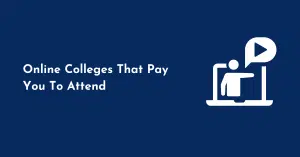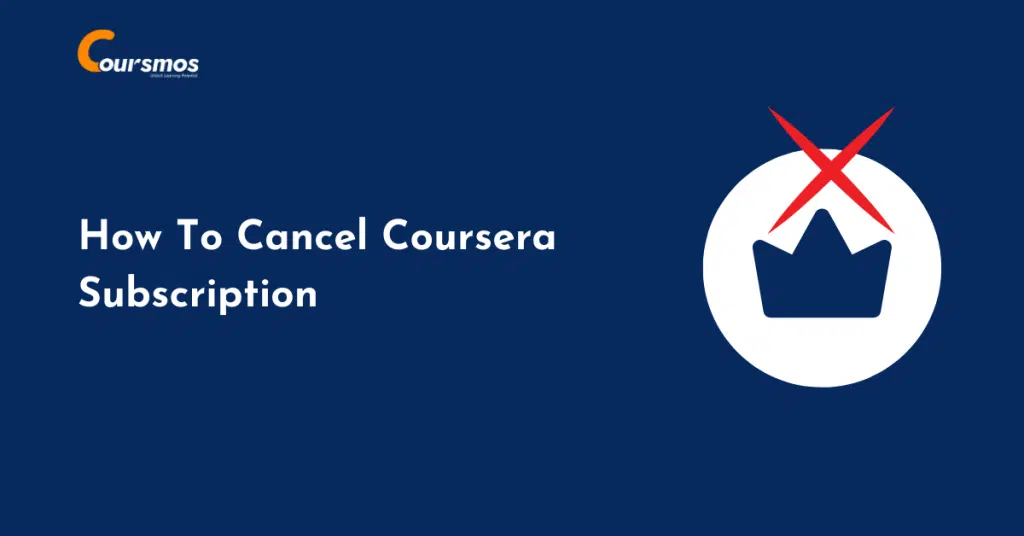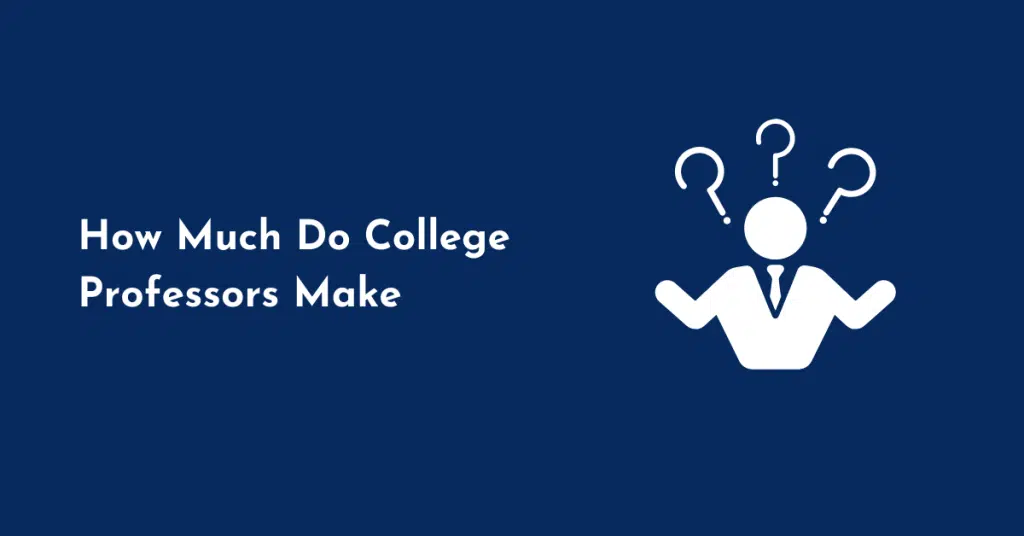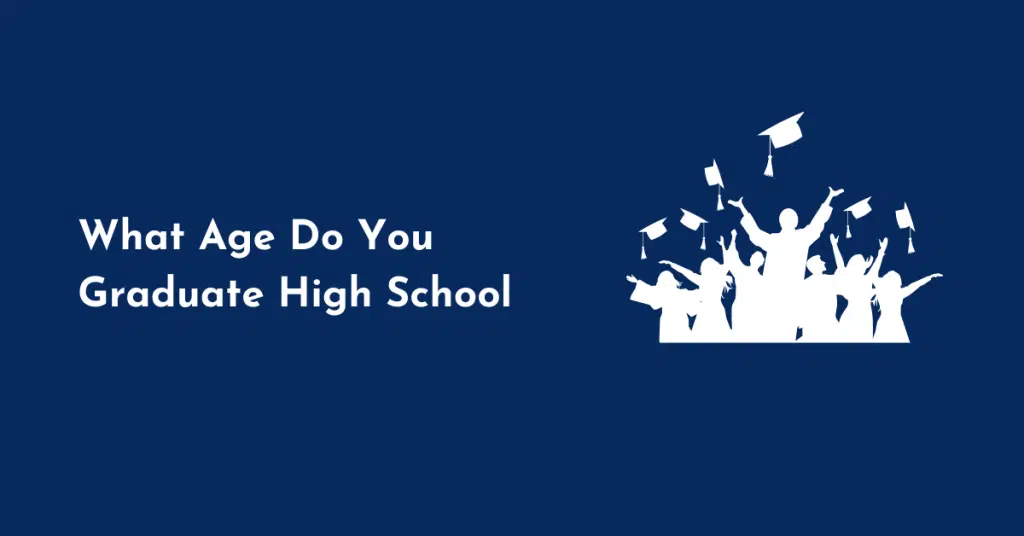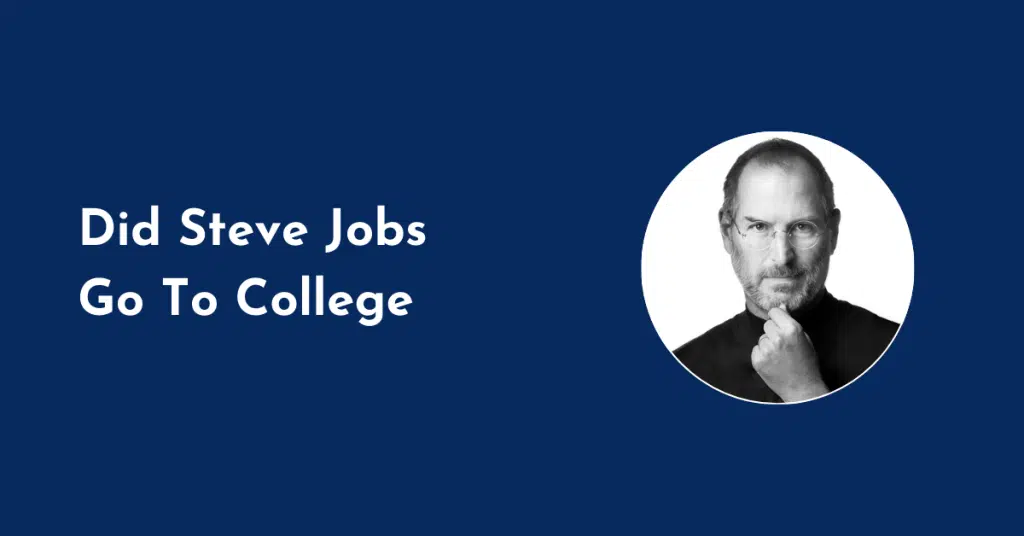Steve Jobs went to Reed College in 1972 and then dropped out in the same year. He completed only one semester and audited a Calligraphy course that shaped Apple’s design standards.
You’ve probably wondered about Steve Jobs and his college situation. Like, did he finish school? Why did he drop out of Reed? And how did his time still end up shaping who he became?
I’ve done some research into reliable sources to get the real story straight. Let me break it all down for you.
Steve Jobs’s Educational Background
Jobs had a deep interest in technology from an early age. He attended school like any other child but was always curious about learning beyond the classroom.
His passion for electronics started in high school, where he met Steve Wozniak, who later became his business partner. Jobs graduated from Homestead High School in Cupertino, California, at the typical age of 18 before enrolling in Reed College.
| Level of Education | Institution | Duration | Details |
|---|---|---|---|
| High School | Homestead High School, Cupertino, California | Graduated in 1972 | Developed an early interest in electronics. |
| College (Attended) | Reed College, Portland, Oregon | 1972 (Dropped out after 6 months) | Dropped out but continued auditing calligraphy and other courses. |
At Homestead High School, Jobs took electronics and engineering classes. He spent time in the Hewlett-Packard Explorers Club, where he saw his first computer. This experience inspired him to pursue technology.

He initially took general courses at Reed College but later focused on calligraphy, which fascinated him. Even after dropping out, he continued to sit in classes that interested him, like typography and design. His time at Reed introduced him to ideas that later shaped Apple products.
Some ambitious students today attend two colleges at once to diversify their education and gain different perspectives.
Why Did Steve Jobs Drop Out Of College?
Jobs dropped out of Reed College mainly due to financial difficulties. His adoptive parents struggled to afford the expensive tuition, and he felt guilty about the burden it placed on them.
He also believed that college classes were not meaningful to his future. He was interested in learning but did not find the rigid structure of formal education helpful. Instead of taking required courses, he wanted to explore subjects that inspired him.
After dropping out, Jobs stayed on campus, sleeping on friends’ dorm room floors and collecting free meals from a local Hare Krishna temple. He attended calligraphy classes, which later influenced Apple’s typography.
Impact Of College On Steve Jobs
Although Jobs did not complete college, his time at Reed had a lasting impact on him. His calligraphy class taught him the importance of fonts, which later became a key feature in Apple computers.

He credited Reed’s liberal arts education for shaping his creativity and thinking. The exposure to different ideas at college helped him develop a unique approach to design and technology.
The American educational system offers many options, with over 115,171 schools in the US at various levels, though Jobs found his path outside traditional education.
He believed that passion and curiosity mattered more than a degree. His college experience, though brief, played a role in shaping Apple’s products, making them elegant, simple, and user-friendly.
Steve Jobs’s Journey After College
After leaving college, Steve Jobs explored various experiences that shaped his career. Below is a detailed look at his journey, including his early career, ventures with NeXT and Pixar, and return to Apple.
Jobs’ unconventional career path demonstrates that there are many exciting careers for students who follow their passion and think differently, even without traditional credentials.

1. Early Career And Founding Of Apple (1976-1985)
Jobs started his career with a strong interest in technology and business. His early experiences helped him develop leadership skills and a vision for personal computing.
He worked briefly in the gaming industry before co-founding Apple, which would go on to change the world.
- 1974: Took a job at Atari as a technician and traveled to India for spiritual exploration.
- 1976: Co-founded Apple Computer, Inc. with Steve Wozniak and Ronald Wayne in his parents’ garage.
- 1977: Apple released the Apple I and Apple II, the first personal computers with color graphics, making Apple a major player in the tech industry.
- 1984: The Macintosh is launched, the first computer with a graphical user interface and a mouse.
- 1985: Forced out of Apple after a power struggle with CEO John Sculley.
2. NeXT And Pixar: Reinventing Himself (1985-1996)
After leaving Apple, Jobs did not stop innovating. He founded NeXT, which focused on powerful computers for education and business. He also bought Pixar, which later became a leading animation studio.
- 1985: He founded NeXT Inc., focusing on high-end computers for education and business.
- 1986: Bought Pixar from Lucasfilm for $5 million, which later became the most successful animation studio.
- 1995: Pixar released Toy Story, the world’s first fully computer-animated film, making Jobs a Hollywood powerhouse.
- 1996: Apple acquired NeXT, bringing Jobs back to the company he founded.
Return to Apple And Game-Changing Innovations (1997-2011)
Jobs’ return to Apple marked a turning point for the company. Under his leadership, Apple introduced some of the most iconic products in history.

- 1997: Became interim CEO of Apple, leading its revival from near bankruptcy.
- 1998: The iMac was launched, known for its sleek design and ease of use.
- 2001: Introduced iTunes and the iPod, transforming the music industry.
- 2007: Revolutionized mobile phones with the launch of the iPhone.
- 2010: Apple launched the iPad, creating a new category of smart devices.
- 2011: He stepped down as Apple’s CEO due to health reasons.
Steve Jobs’s Health Issues
Steve Jobs faced serious health challenges later in life, but continued working passionately. His battle with cancer began in 2003, yet he remained dedicated to Apple’s growth.
He initially avoided conventional treatment, which many believe worsened his condition. Despite a liver transplant in 2009, his health declined over the years. In 2011, he stepped down as CEO due to his illness.
On October 5, 2011, he passed away at the age of 56. His contributions to technology and innovation continue to inspire millions worldwide.
Lessons From Steve Jobs’ Educational Journey
Steve Jobs’ educational journey teaches a lot apart from just earning and career. It ultimately says that:
- Follow your passion and intuition – Pursue what genuinely interests you over conventional paths.
- Trust the “connect the dots” principle – Seemingly unrelated experiences can prove valuable later.
- Embrace non-traditional learning – Formal education isn’t the only route to success.
- Have faith in the process – Trust that things will work out even amid uncertainty.
- Blend creativity with technology – Artistic skills can enhance innovation.
- Turn setbacks into growth – Use failures as opportunities for learning and comeback.
These lessons are relevant for students, entrepreneurs, and professionals navigating their own paths.
Additional Information: If you are interested in Elon Musk’s life, read Did Elon Musk go to college and his journey after college.
Suggested Read:
Conclusion: Steve Jobs Attended College And Later Dropped Out
Steve Jobs left Reed College in 1972, but that decision never stood in the way of his achievements. He believed that the traditional education system didn’t align with his vision, so he chose to explore knowledge on his own terms.
One of the most impactful moments from his time at Reed was attending a calligraphy class, a small choice that went on to influence Apple’s design philosophy.
After leaving college, Jobs went on to build Apple, NeXT, and Pixar. From the Macintosh and iPhone to transforming animated films, his work continues to define innovation even in 2025.
His story proves that it’s not the degree that defines achievement; it’s the curiosity, creative thinking, and courage to challenge the norm that make the real difference today.
FAQs
There is no official record of Steve Jobs’ IQ. Estimates vary, suggesting a range from around 140 to 160, reflecting his exceptional intelligence, creativity, and visionary thinking, though the exact number is unknown.
Steve Jobs was an avid reader who enjoyed books on spirituality, business, and innovation. His reading influenced his ideas, creativity, and leadership at Apple.
Neither Steve Jobs nor Bill Gates completed college. Jobs dropped out of Reed College, and Gates left Harvard to start Microsoft with Paul Allen.
At the time of his passing in 2011, Steve Jobs had an estimated net worth of $10.2 billion, largely from Apple and Pixar.
Steve Jobs co-founded Apple in 1976 with Steve Wozniak and Ronald Wayne in his parents’ garage, starting with the Apple I computer.



